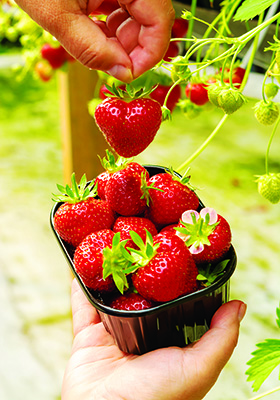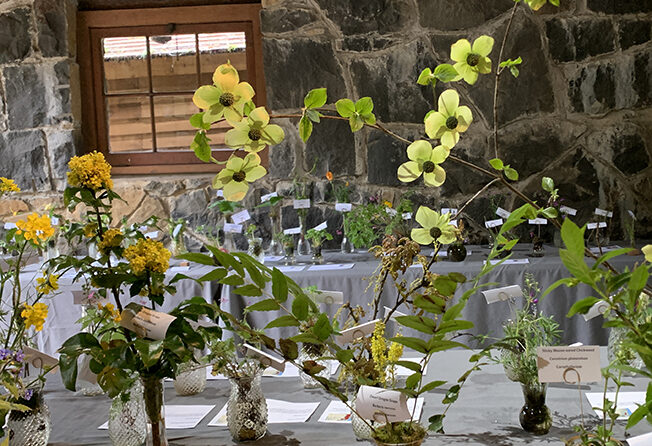“Why hasn’t my tree recovered from last year’s heat wave?” For some damaged or traumatized trees and shrubs is takes years to die, just like a neglected cactus plant.
Our plant hardiness zones have changed. Our minimum extreme temperatures have risen over the last 30-year average.
There are not many studies to determine heat tolerance models for plants. What’s a plant to do when the pace of warming has spiked the last few years?
Higher summer temperatures have effects on plants, including those in our vegetable gardens. Cucumbers, peppers and tomatoes can get sunburn at temperatures over 104 degree F, apples over 125 degrees F in
direct sun.
Some, like corn and tomatoes, may not set fruit over 92 degrees F. Greens, like spinach and lettuce, will bolt and go to seed at 90 degrees F, and will likely not survive. For most plants growth rates slow dramatically over 95 degrees F.
Moisture stress occurs during hot weather. Plants need to uptake more moisture from the soil to keep leaves and stems from wilting – even trees. Watering the soil deeply to root zone is important for plant survival in summer.
Mycorrhizal relationships with plants are effected by moisture content of the soil, too. With moisture present, organic matter converts to nutrients faster. Without moisture, friendly fungi may not be able to function in the soil.
Even with lots of rainfall stream flows are lower. Water will become limited and more expensive. More efficient irrigation systems, more composting and use of cover crops will be increasingly important.
Our local growing season has increased by 16 days with earlier last frost and later first frost. We may have to adapt our tastes to cold-hardy, early spring/early fall vegetables and heat-hardy summer vegetables that originate from tropical zones.
How can we compensate for dryer summers? OSU is experimenting with dry farming of garlic, rhubarb, winter squash, tomatoes, potatoes, peppers and dry beans. More information is available at http://extension.oregonstate.edu.
As gardeners, we can prepare by starting vegetables earlier, growing our own transplants (versus less-predictable direct seeding) and planning for shorter rotation time of crops.
Weeds must be kept out of the growing area so they do not steal the available moisture. We may need to let lawns go dormant to use the water for food crops and special trees or shrubs.
Besides drip irrigation, mulching, row covers and shade cloths, we may need to use windbreaks, cold frames and greenhouses to protect plants from heat and cold. Soil thermometers and moisture meters are useful tools for assessing conditions for plant growth.
Grouping perennial plants by water requirements and replacing ailing perennials with those more adapted to dry summers and wet winters – think Mediterranean – makes sense for water zone planning. Perhaps we should take a cue from some innovative Mediterranean farmers, using head lamps to garden in the cool of evening and early morning, sleeping mid-day when it’s hot. Afternoon naps can actually be energizing.
Because short-term weather is becoming less predictable, and predictions less reliable, we will lose some and win some. We can win more, and help plants survive, by planning and preparing shelter from hot summer sun and good winter drainage. We need to plan to protect gardeners, too, becoming alert to heat stress symptoms on humans.
Diane Hyde
OSU Linn County Master Gardener

